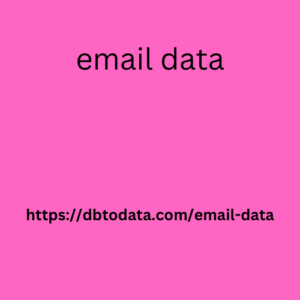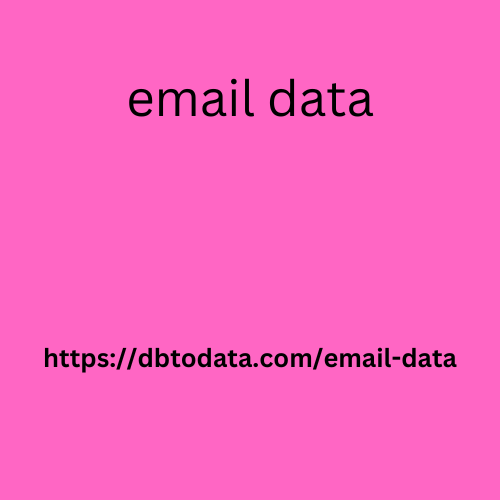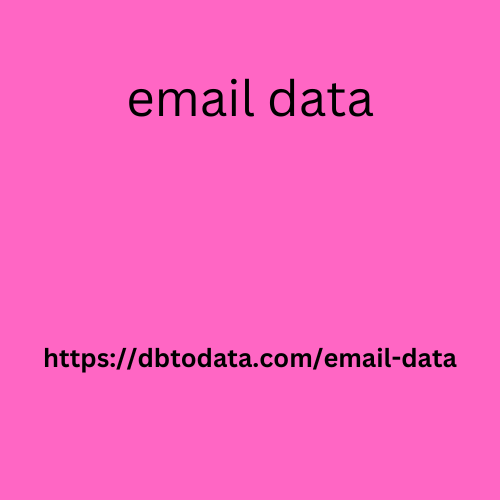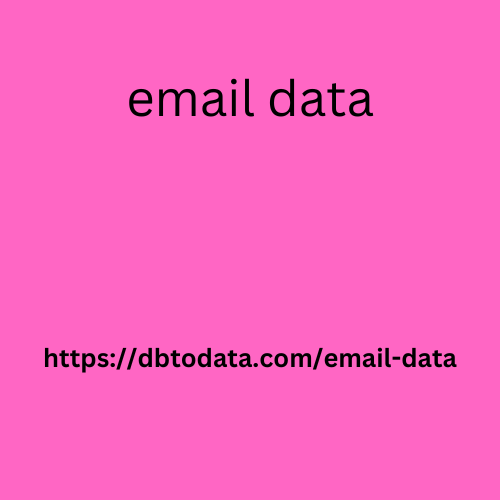They are there. All around us. You are probably even part of them. We are talking about B2B communities: whether they are communities of customers, prospects, partners… Community marketing is a growing lever. And more and more companies are creating, running and promoting their own community.
But before getting started, you still
need to know why and how to do email data things well: what are the key steps? What advice should you follow? What mistakes should you avoid? For this article, we went to interview Axel Kaletka, the creator of “café du market”, the first French-speaking community dedicated to B2B marketing specialists.
A community is an enclosed space (physical or digital) where people with similar profiles come together to exchange. That’s Axel’s definition. And if we break down this definition, we understand that it’s…
Of a group of people : we also
speak of a collective of individuals, and the size of this collective can vary. Some communities are in an “intimate” format, with few members. Others exceed thousands of people. It’s up to you to quantify!
Brought together by a company or a creator : today, B2B communities are created by brands (Spendesk, Agicap, Lemlist, etc.) as well as by solopreneurs, like Axel.
Around common topics and user experience is key expectations : what binds and unites members varies, depending on the type of community. If we go outside the “B2B” bubble, we realize that religious communities are based on beliefs, humanitarian associations share a reason for being and a mission, alumni communities from the same school share a common experience… On the side of professional communities, common topics can be the desire to progress, the desire to share knowledge between peers or the need to pool resources.
In a defined space : Today, B2B cmo email list communities are mainly online or hybrid. Some creators opt for a complete stack, aimed at users: asynchronous exchange tool like Slack or Discord, videoconferencing tool like Zoom or Google Meet, tool to host resources like Podia or Notion… While others rely on an all-in-one online platform like Circle.






